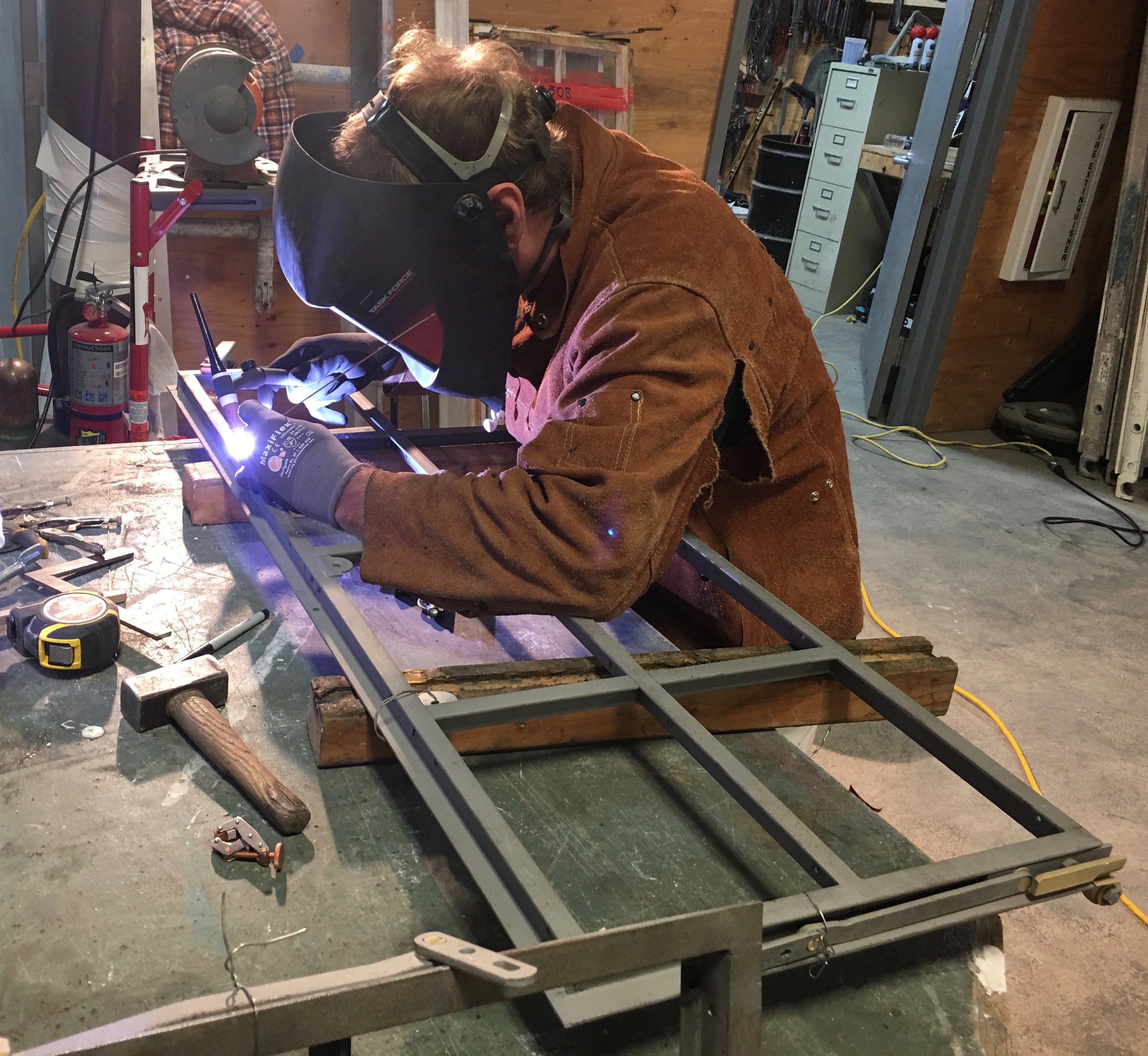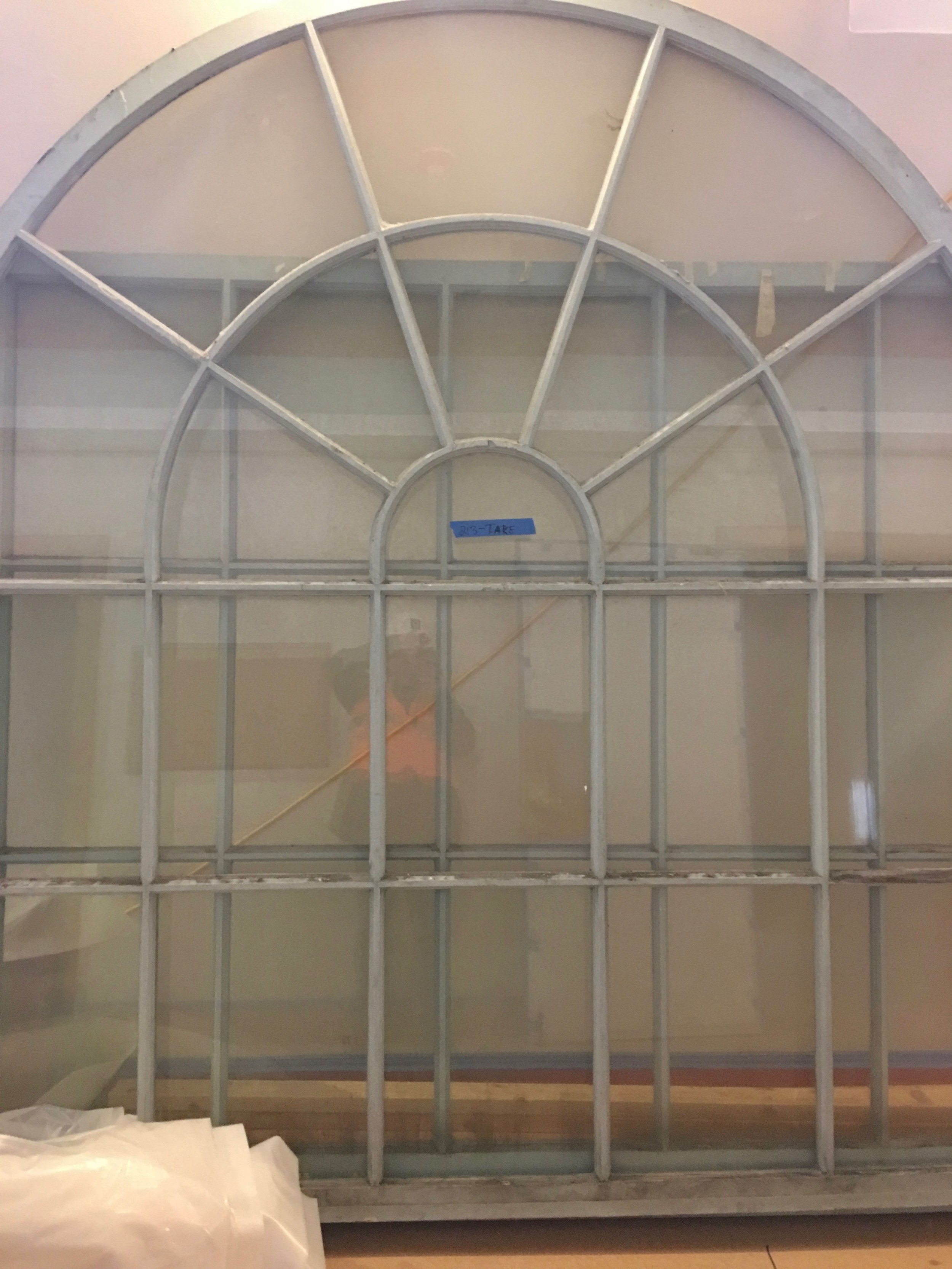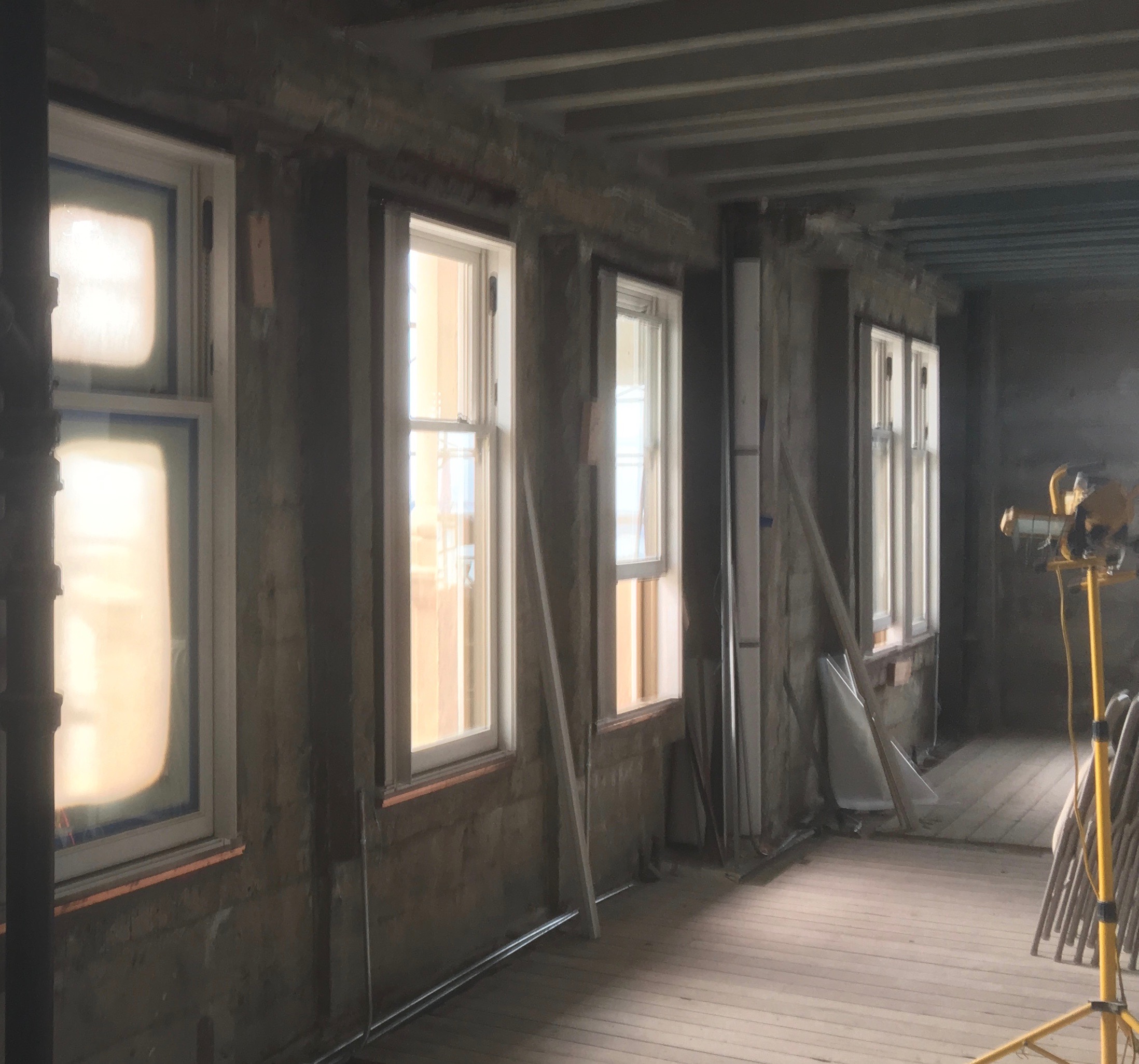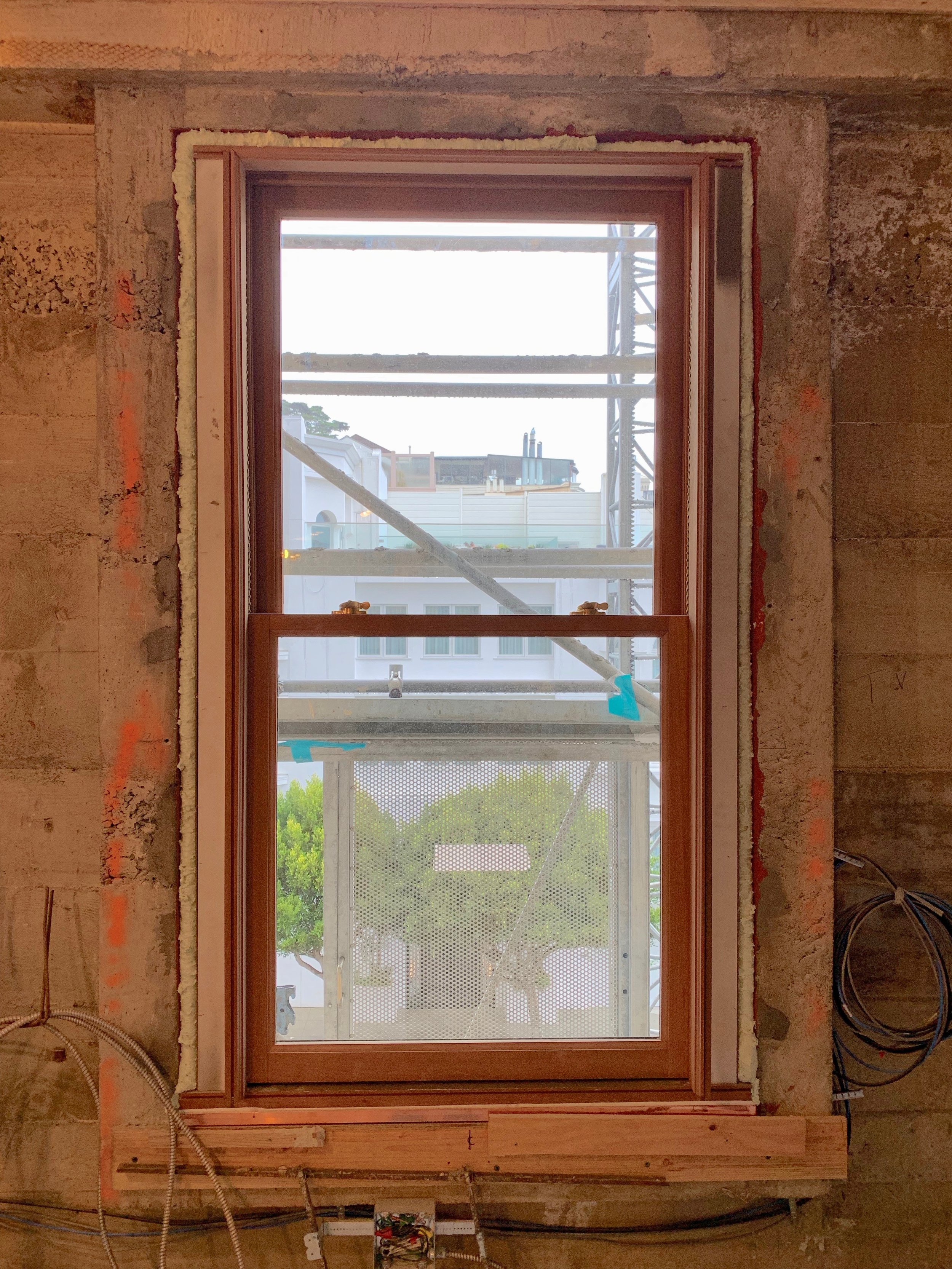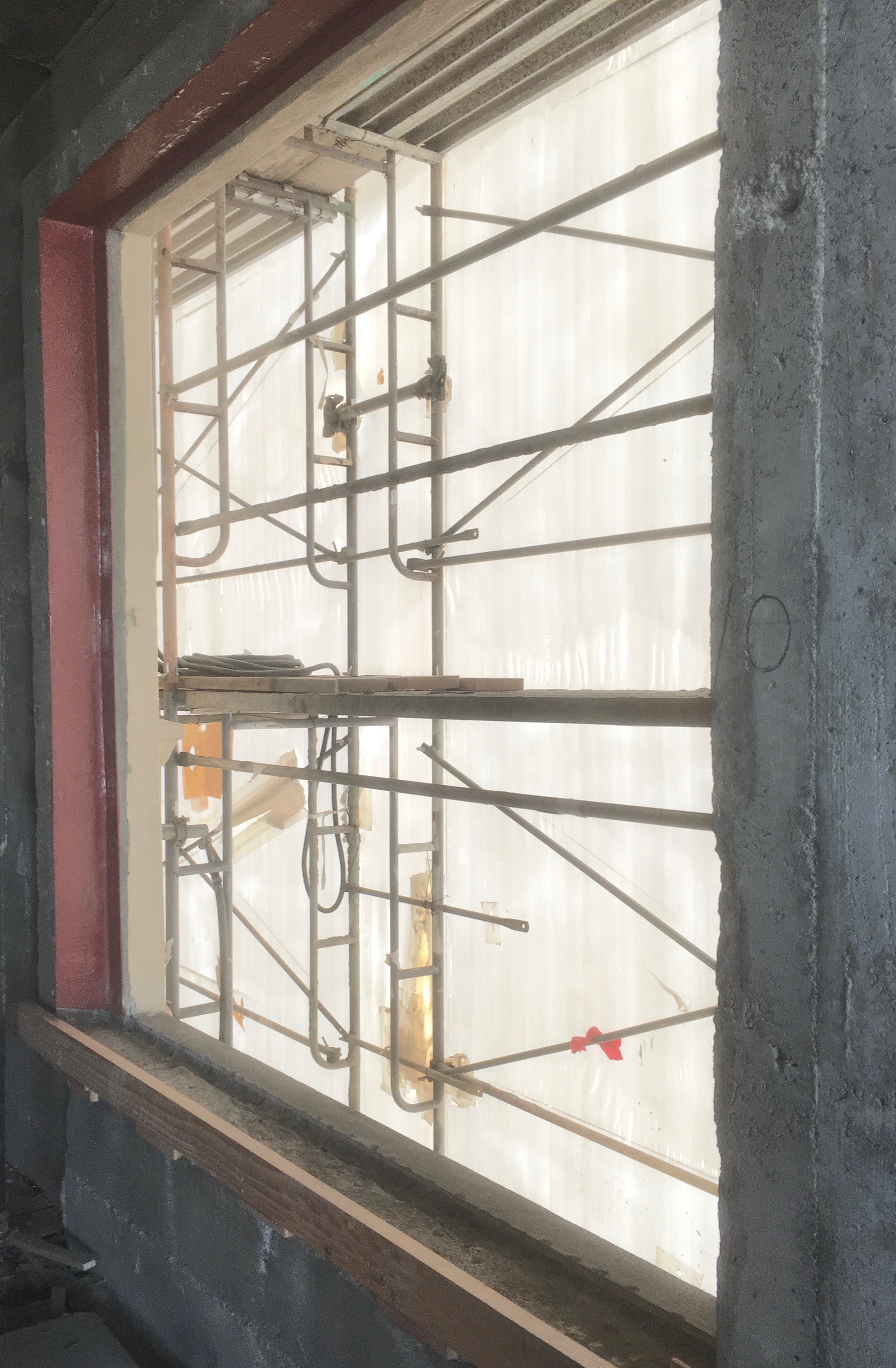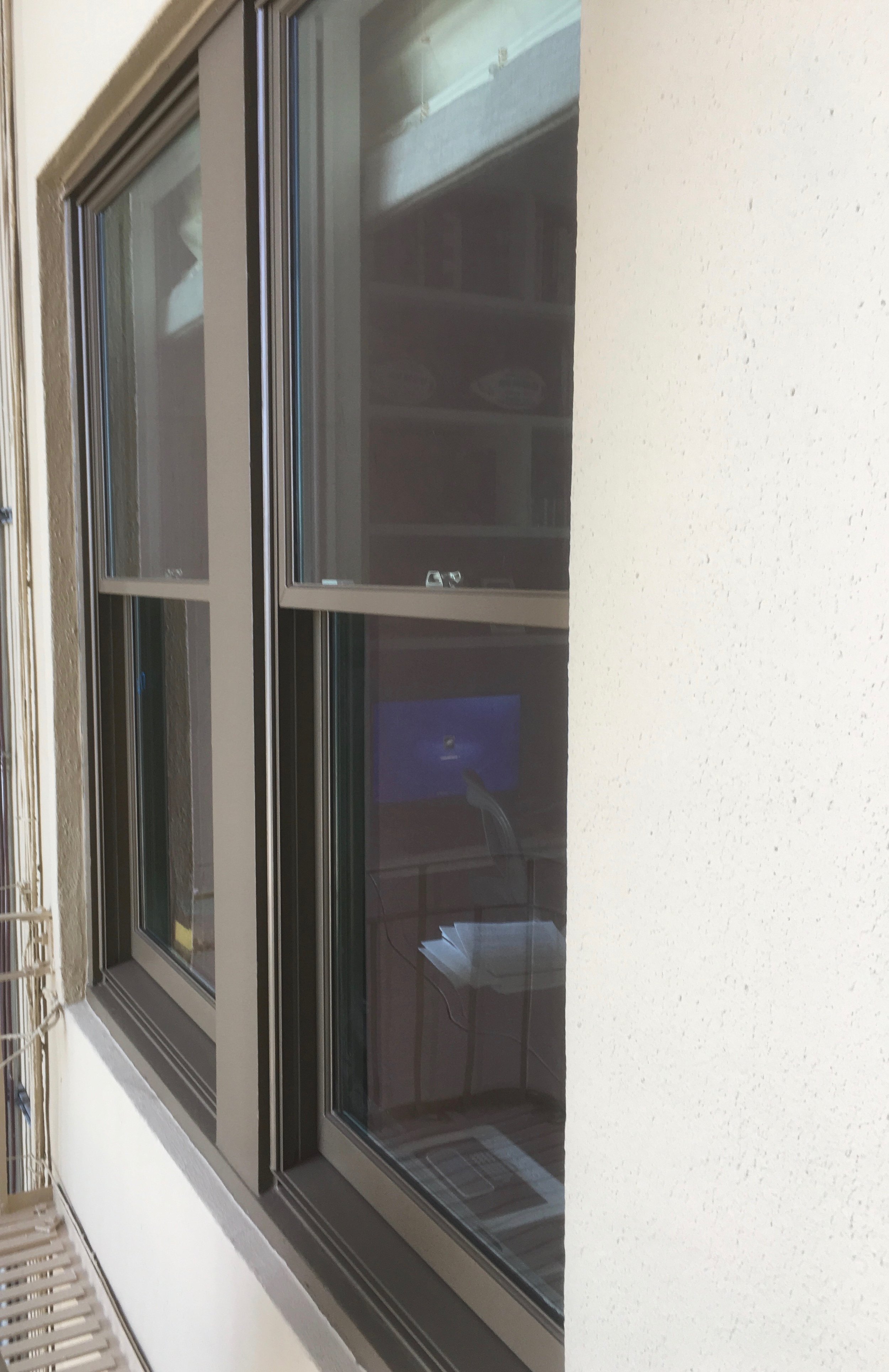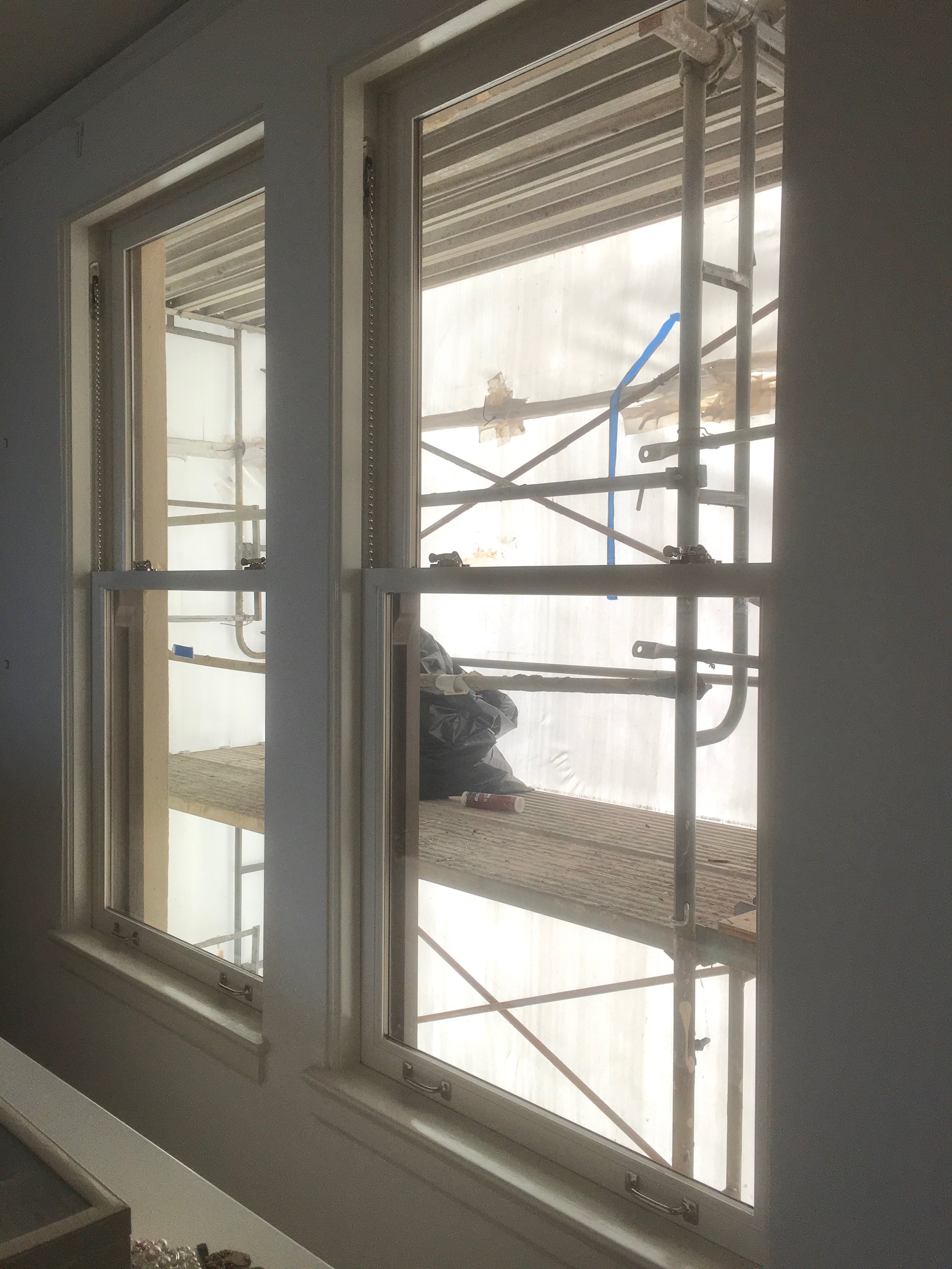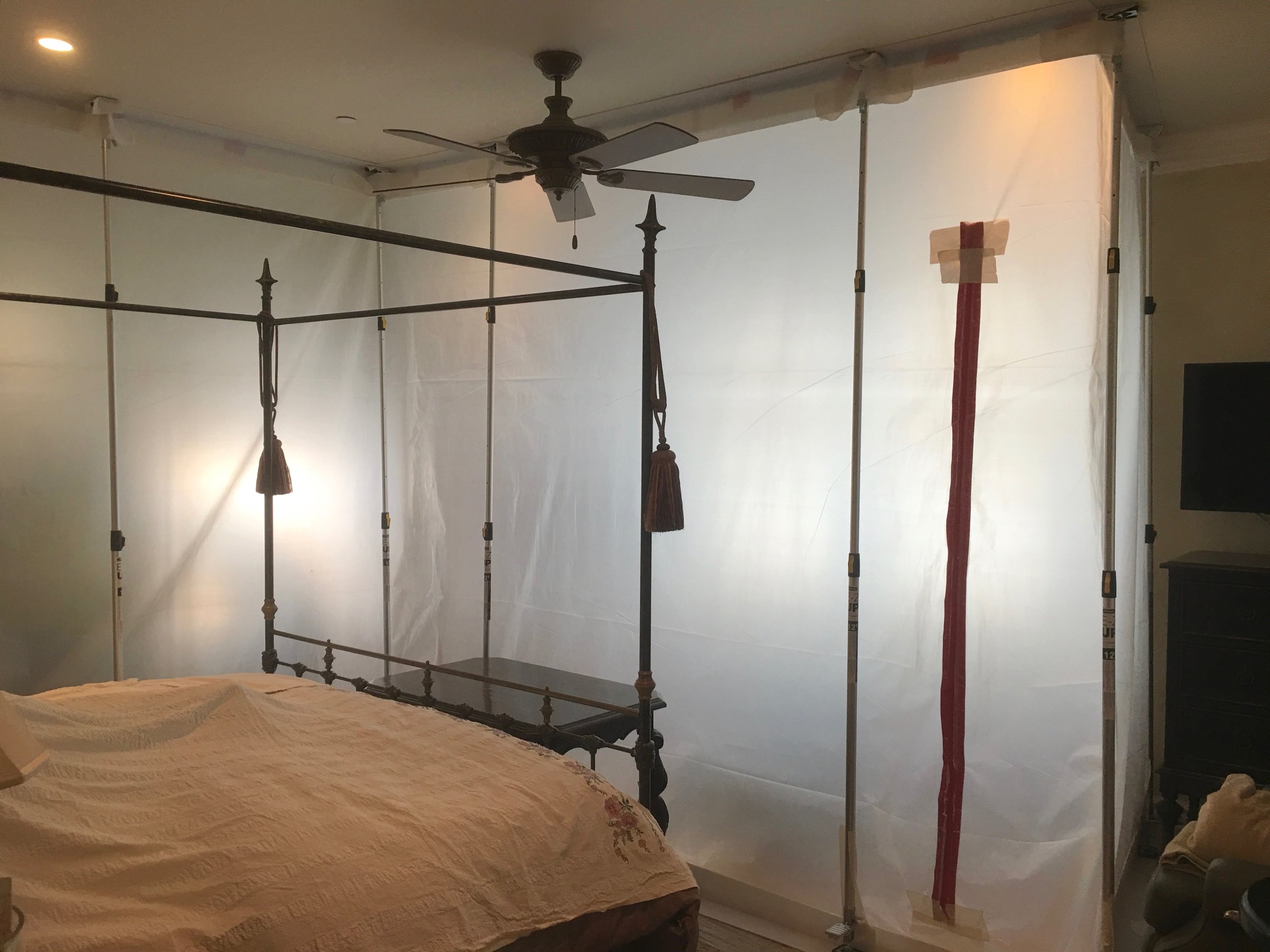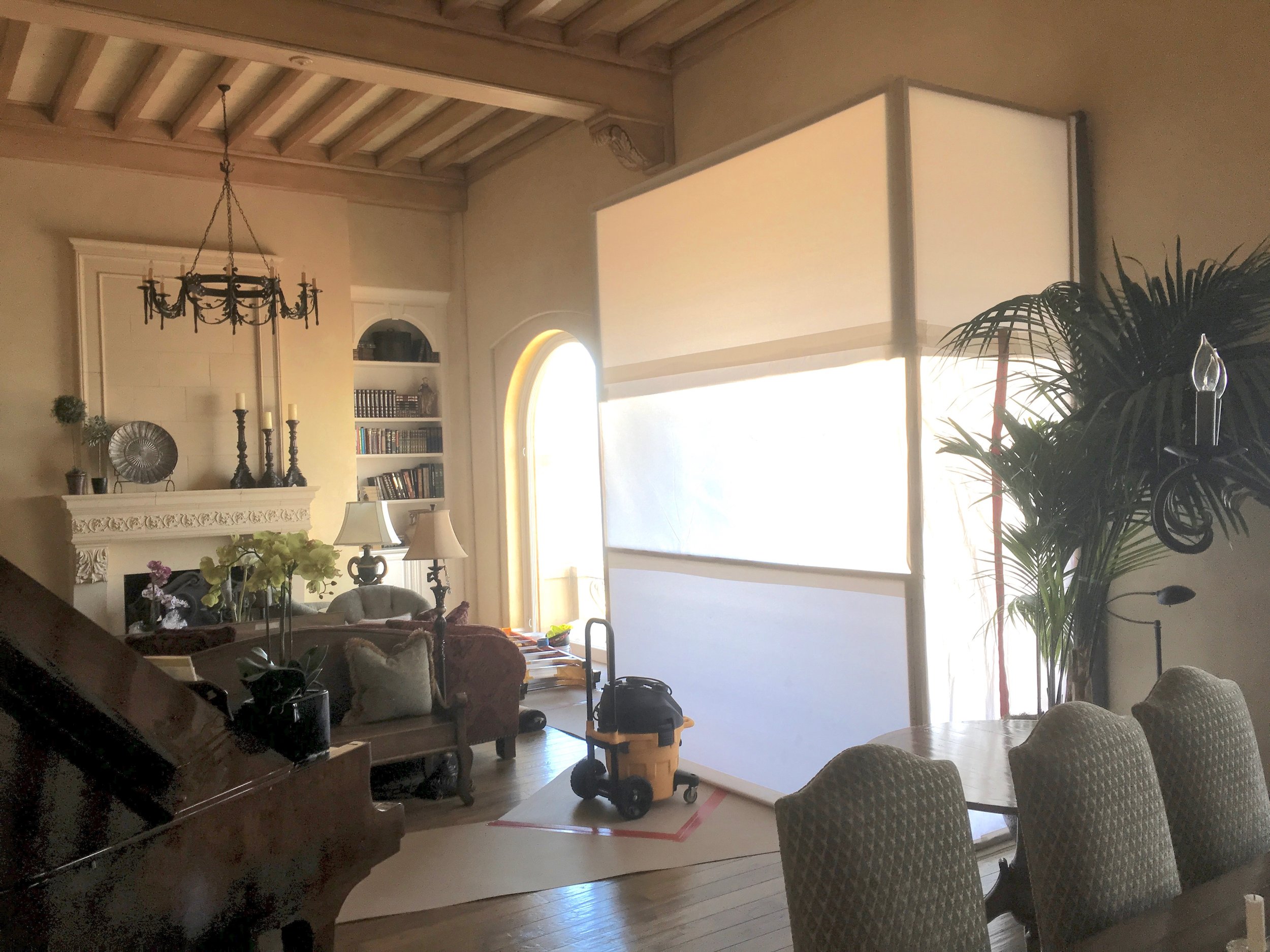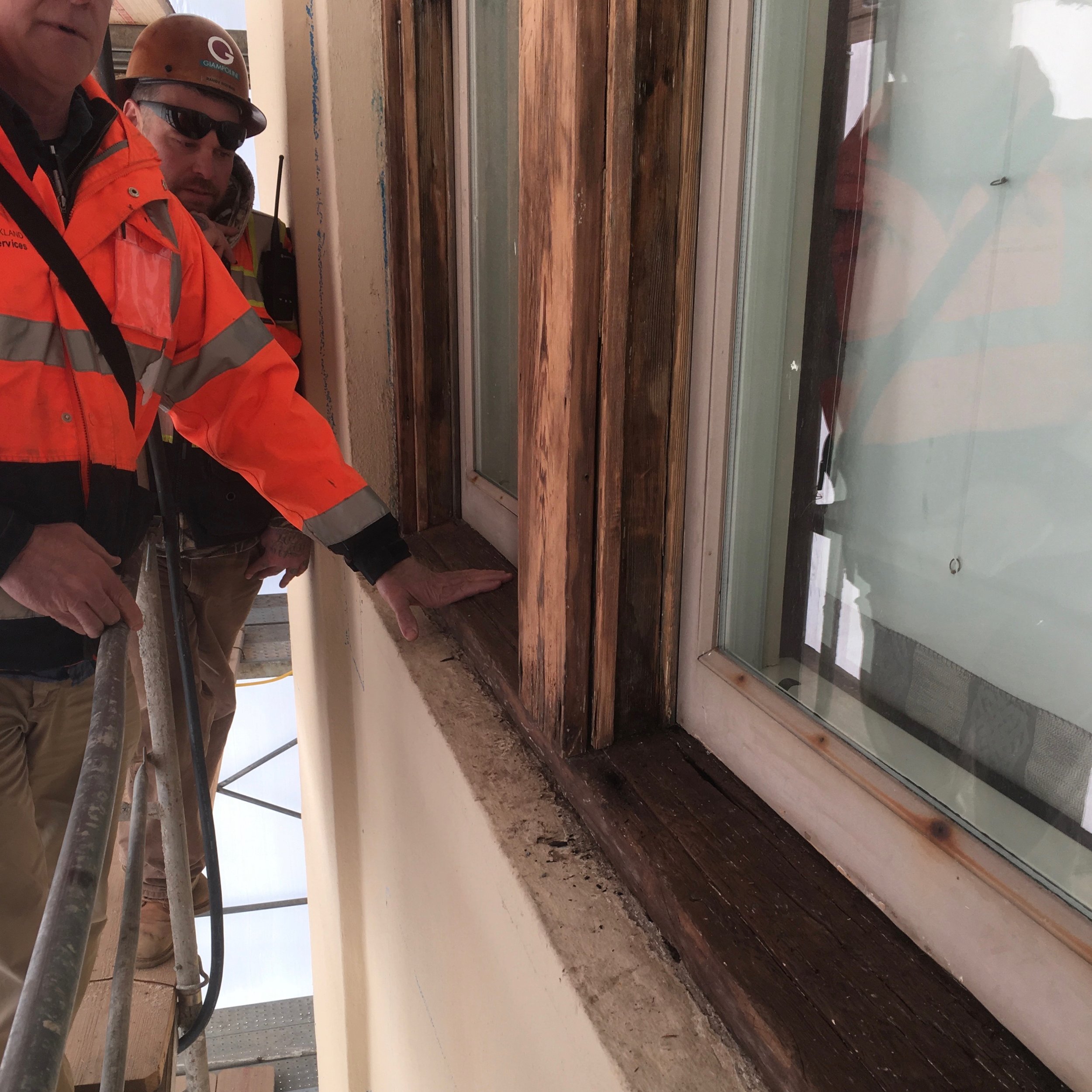Exposed historic brick is a popular, contemporary treatment in both residential and commercial historic interiors. As older brick warehouses and manufacturing plants are converted to high-end spaces designers and their clients often choose to let the historic interior brick walls be the final finish. This same trend is taking hold at masonry high-rise buildings during renovations and tenant improvement projects. Many of these steel frame masonry clad buildings have (potentially) beautiful brick walls hiding behind furred-out plaster and sheet rock interior walls. At buildings like the historic AT&T tower at 140 New Montgomery, and the historic Russ building down the street, original applied wall finishes are being removed and the interior brick walls are being exposed as the finished architectural treatment. Fortunate occupants of these spaces love the look and feel of their spaces.
Often the walls need some work. The original masons often were not so careful setting the bricks as they were never intended to be a high-end architectural finish. Also many have been painted, plastered over and sometimes are just old and deteriorating in a normal way for their age.
While needed brick repair and refurbishment work can be expensive the alternative cost of furring out these walls can be credited toward the brick repair work netting a reasonable cost for ending up with such a high end and desirable exposed historic brick finish.
Giampolini Courtney has done many such projects for clients all over the City including the newly renovated Koret Foundation headquarters on Battery Street in the Old McArthur Park Restaurant space, and at floors in both the Russ Building, Hearst Building, and the historic AT&T building at 140 New Montgomery.
Click here to see Secretary of the Interior Standard for Rehabilitation - Removing Interior Plaster to Expose Brick.
http://www.nps.gov/tps/standards/applying-rehabilitation/its-bulletins/ITS05-ExposedBrick.pdf


























































































































